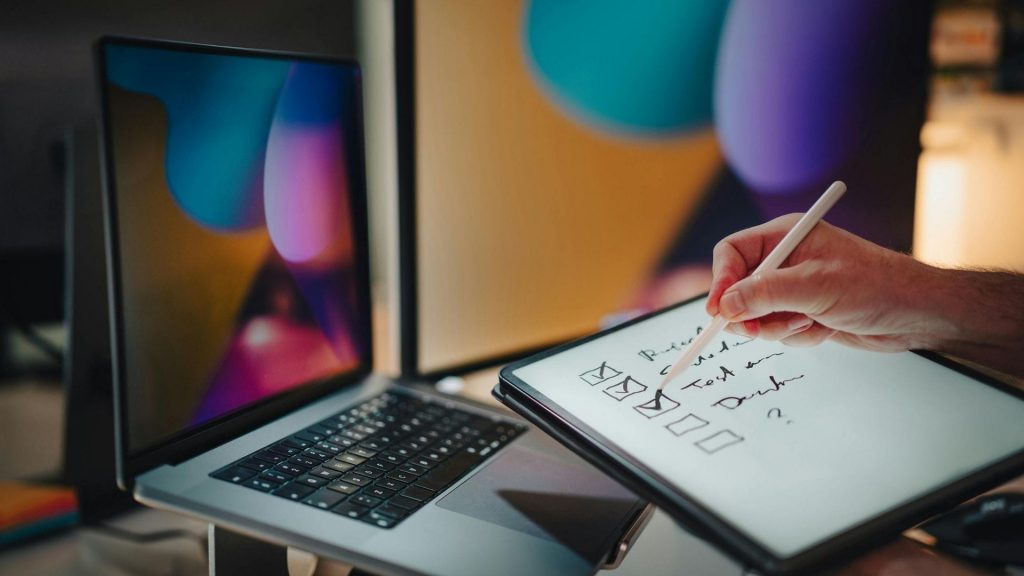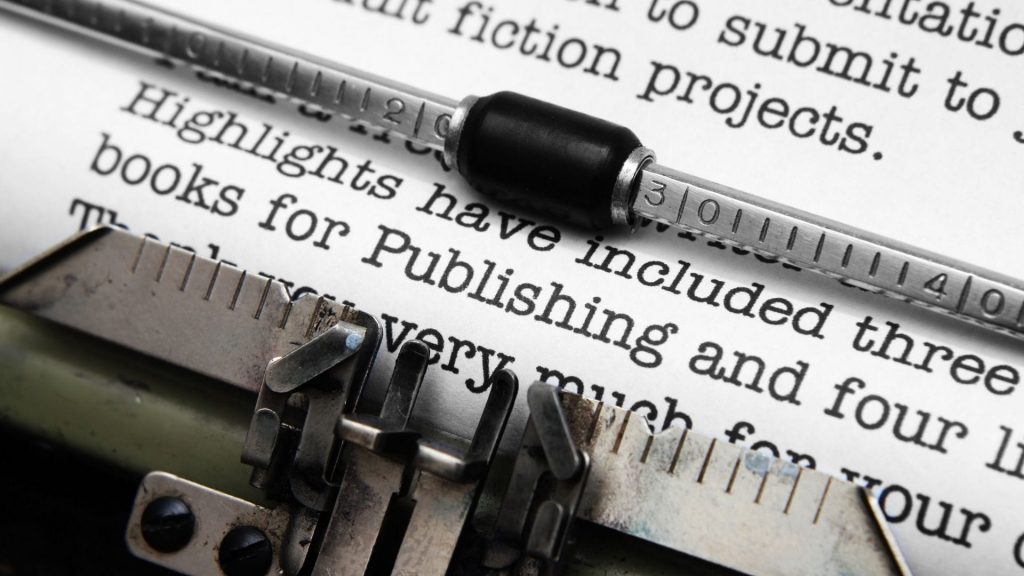

Is self-publishing really the great hope for new book authors?
Apparently not, if 96% of self-published books fail without gaining visibility and readership. But the reason is not primarily for quality or even popularity. This week’s issue of The Editorial Voice takes an inside look at the rapid-growth self-publishing industry. We review the implications for indie authors who are redefining the future of publishing.

From Fringe to Framework
Self-publishing, often viewed as the province of hobbyists and outliers, has matured into a sophisticated ecosystem. According to Bowker, reported by Publishers Weekly (2023), more than 2.3 million self-published titles carrying ISBNs were released in the United States in 2021 — a figure that continues to rise as print-on-demand and eBook infrastructure globalise.
The modern indie author functions simultaneously as creator and publisher, assuming responsibility for rights, production, and brand identity. Far from a fallback option, it is now a strategic business model that rewards professionalism, long-term vision, and reader relationship management.
Recent surveys confirm the shift. The Alliance of Independent Authors (ALLi) Big Indie Author Data Drop 2024 reports a median income of US$12,749, with nearly 44 per cent of respondents earning more than $20 000 per year. Motivation data from Written Word Media (2024) echoes this: creative control, royalties, and speed to market are the top drivers.
The Independent Book Publishers Association (IBPA) underlines the same transition. Its Industry Standards Checklist (2024) codifies what “professionally published” means—an expectation, not an aspiration, for self-publishers operating at the trade level.
What was once a workaround has become a professional ecosystem. Independent authors now wear the dual mantle of creator and publisher, controlling rights, production quality, marketing, and brand identity. The new indies are entrepreneurs with editorial instincts.

The Mechanics of Independence
“Visibility follows preparation: pre-order, launch, momentum, stability, refresh — the five-stage lifecycle of every successful release.”
Every independent release follows a predictable cycle: strategy → manuscript → editing → design → metadata → distribution → marketing.
Platforms such as Amazon KDP, IngramSpark, and Draft2Digital form the technical backbone, while Kobo Writing Life and Apple Books extend global reach.
Key professional markers include ISBN ownership, imprint registration, and copyright continuity. Amazon KDP Help (2024) and IngramSpark Guidelines (2024) outline the same foundation: the publisher of record controls discoverability through metadata accuracy. As IBPA succinctly puts it, metadata is architecture, not decoration — it determines whether a book can be found, purchased, and recommended.
A healthy release follows a five-phase visibility cycle:
- Pre-order – build anticipation and collect early reviews.
- Launch Window – activate algorithmic testing (Amazon counts Day 1 sales).
- Momentum Period (Days 8-30) – expand visibility via ads and engagement.
- Stability Window (30-90 Days) – maintain reviews and steady traffic.
- Refresh Stage – reinvigorate visibility through price changes, new formats, or sequels.
Behind the art is a system: keywords, categories, and algorithms measuring clicks and conversions. Professional indies design for both readers and data.

Why Self-Publishing Could Be Your Solution
“Creative control, higher royalties, and direct reader connection remain the three strongest motives for self-publishing.”
Independent publishing empowers authors who need autonomy — academics releasing niche research, multimedia creators integrating visuals and prose, or novelists seeking cross-genre freedom.
Rachelle Gardner (2023) summarises the appeal: control, royalties, and speed. Written Word Media (2024) data reinforce it; indie authors publish faster and retain more income than traditionally published peers.
For professionals with an existing audience, self-publishing translates intellectual capital into tangible assets. For emerging writers, it builds a foundation for imprint identity—a continuity of tone, aesthetics, and values that can sustain a long-arc career. Independence equals access: direct distribution to every global market without intermediaries filtering voice or content.

Points to Consider About Self-Publishing
“Time and quality are the real currencies of independence.”
Self-publishing transfers every operational responsibility to the author. Editorial refinement, design, formatting, and distribution require either skill acquisition or professional outsourcing. IBPA and ALLi guides (2024) stress that editing, proofreading, and professional cover design remain the strongest predictors of commercial viability.
Financially, costs vary: ISBN blocks, professional services, ad spend, and platform fees. Returns come later — often only after multiple titles establish a backlist.
Technology introduces new efficiencies and ethical responsibilities. Amazon KDP AI Disclosure Policy (2023–25) now requires authors to declare AI-generated or AI-assisted content. The U.S. Copyright Office (2023) similarly asserts that only human-authored work qualifies for protection. As a result, authors must apply discernment: AI tools can accelerate production, but discernment sustains authenticity.
Visibility also demands foresight. Marketing alignment — audience definition, platform choice, launch timing — is not optional. Success favours those who plan their book and marketing lifecycles as one integrated sequence rather than separate tasks.


Why Self-Publishing Works
“Independent authors earn up to 70 % royalties on eBooks and 60 % on print-on-demand, retaining full rights and control.”
Unlike traditional contracts that surrender copyright and most royalties, self-publishing offers transparent income streams. Amazon KDP pays 70 % royalties on qualifying eBooks; IngramSpark averages 60 % of list price on print — figures confirmed by IBPA’s comparative benchmarks.
ALLi’s Independent Author Income Survey (2023) shows not only higher median income but consistent year-on-year growth. The Written Word Media ROI Report (2024) links those results directly to professional investment—authors who pay for editing, design, and ads outperform those who cut corners.
The digital ecosystem amplifies reach: global distribution in hours, real-time analytics via dashboards, and agility to revise files instantly. Self-publishing enables continuous iteration — titles evolve with readership, staying evergreen through refreshed covers, editions, or metadata. Sustainability comes not from speed but from strategy.

The Realities Beneath the Myth
“Industry data shows that 90 % of self-published books sell fewer than 100 copies — preparation defines the exception.”
With opportunity comes oversaturation. WordsRated (2023) estimates average lifetime sales around 250 copies, and Alpha Publisher (2024) finds that only about 5 per cent of titles reach commercial success thresholds. The pattern is clear: the market rewards planning, not spontaneity.
Budgeting remains decisive. Visibility is rarely free; advertising, mailing-list tools, and professional services create an entry cost. Even on social media, organic reach continues to contract as algorithms favour paid or highly-engaged content (LinkedIn Engineering Blog 2025; Hootsuite 2025).
Algorithmic limitation shapes discovery. Amazon measures performance from Day 1; if sales velocity and click-through rates falter early, visibility decays quickly. Marketing readiness must therefore precede release.
AI adds complexity. WIPO (2024) warns of risks in data reuse and IP infringement as models train on existing creative work. Transparent disclosure protects credibility and copyright integrity.
In short, realism is resilience. Success belongs to those who design discoverability, align writing and marketing rhythms, and treat production oversight as a professional discipline.

Making the Decision of Self-Publishing
“Choose partners who clarify rights, royalties, and terms in writing.”
Decision points define outcomes. Authors should evaluate service providers using objective frameworks such as the IBPA Industry Standards Checklist (2024) and ALLi’s Self-Publishing Services Watchdog (2024). Contracts must specify royalties, rights reversion, file ownership, and distribution scope.
Equally vital is readiness — time, skills, and budget. Honest self-assessment prevents burnout. Independence rewards those who pace themselves; it penalises haste.
Brand clarity completes the framework: an imprint identity unifies cover design, tone, and metadata across titles. “A clear imprint identity turns a single title into a career architecture.”
Aligning publication and marketing calendars transforms isolated books into a sustainable creative enterprise.

The Synchronised Future
“Success follows rhythm, not reaction: synchronise your creative and marketing lifecycles from the first draft onward.”
Self-publishing is where artistry, technology, and entrepreneurship converge. It grants authors freedom but also demands discipline. The differentiator is rhythm — a cadence between creation, publication, and promotion.
Begin with a consolidated Book Strategy & Planning Stage that maps development and visibility lifecycles in tandem. The forthcoming Publishing–Marketing Synchronisation Map visualises this continuum, showing how pre-order timing, category research, and launch content feed algorithmic visibility.
Looking ahead, Issue #4 will extend this conversation into digital discoverability, exploring how LinkedIn Algorithmic Visibility (2025) and Amazon Discovery Mechanics (2024) inform the next generation of author marketing strategies.
Vivienne Tobassa is a leader in business change, culture, and communications who has recently transitioned into professional publishing of fiction and non-fiction works, founding the Arkane entrepreneurial creator studio. Also an anthropologist and author, her current release, “The Shaman’s Curse”, is a dark romantic thriller set in Bali, Indonesia. Get it on Amazon here.
Sources & Further Reading
- Bowker / Publishers Weekly (2023). Self-Publishing Is Thriving.
- ALLi (2024). Big Indie Author Data Drop.
- Written Word Media (2024). Indie Author Survey Results.
- IBPA (2024). Industry Standards Checklist for a Professionally Published Book.
- Amazon KDP Help (2024). AI-Generated and AI-Assisted Content Disclosures.
- IngramSpark (2024). How to Self-Publish a Book.
- Draft2Digital (2024). Royalties, Payments & Distribution.
- Rachelle Gardner (2023). Six Reasons Authors Self-Publish.
- U.S. Copyright Office (2023). Policy Guidance on AI-Generated Material.
- WordsRated (2023). Self-Published Book Sales Statistics.
- Alpha Publisher (2024). Self-Publishing Statistics Report.
- LinkedIn Engineering Blog (2025); Hootsuite (2025). Feed Ranking & Organic Reach Insights.
- WIPO (2024). Artificial Intelligence and Intellectual Property Overview.
- IBPA (2024); ALLi (2024). Decision Checklists and Watchdog Ratings.
- Amazon KDP Help (2024). Discoverability and Keyword Guidelines.
Arkane Publishing House is more than a brand — it is a movement of creative awareness.
It exists to remind us that story is sacred, art is intelligent, and consciousness itself is the author of all beauty.
—Vivienne Tobassa
Vivienne Tobassa is a leader in business change, culture, and communications who has recently transitioned into professional publishing of fiction and non-fiction works, founding the Arkane entrepreneurial creator studio. Also an anthropologist and author, her current release, “The Shaman’s Curse”, is a dark romantic thriller set in Bali, Indonesia. Get it on Amazon here.
Issue 3, Week Two, November 2025
Legends are made in the telling…
Get the Arkane Editorial Voice
Stay current on Vivienne Tobassa culture bytes, independent publishing trends and book releases.
Subscribe
